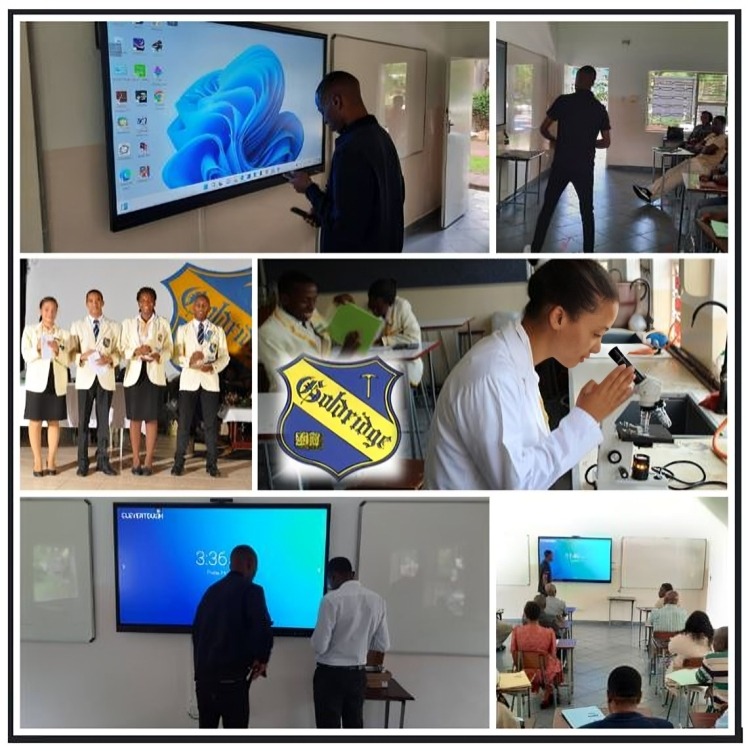Introduction
In a world rapidly adopting educational technology, interactive smartboards have become a symbol of progress. Zimbabwe, like many countries striving to modernize its education system, has embraced these tools to foster digital learning. But there’s a growing concern: cheap interactive smartboards flooding Zimbabwean schools are creating more problems than solutions.
This blog explores why cost-cutting in this area may be doing more harm than good.
1. The Appeal of Affordability
With a strained national education budget and many schools struggling with basic infrastructure, it’s understandable why institutions turn to the most affordable tech options. Imported, low-cost smartboards—often from lesser-known brands in Asia—are widely marketed to Zimbabwean schools as “budget-friendly solutions.”
But the problem begins shortly after installation.
2. Poor Durability and Frequent Breakdowns
Most cheap smartboards are built with low-quality materials. Common issues include:
- Unresponsive touch sensors
- Cracked screens with minimal impact
- Overheating or freezing during use
- Software glitches or incompatibility with Zimbabwean school systems
In rural areas where maintenance support is limited or non-existent, a single technical fault can render an entire smartboard unusable for months—or permanently.
3. No After-Sales Support
Unlike premium brands, many cheap smartboard suppliers in Zimbabwe offer no local service centers, no warranty support, and no spare parts. When a board fails, schools are often left stranded with an expensive piece of junk on the wall.
Teachers, already stretched thin, are forced to revert to chalkboards, undoing any progress made toward digital transformation.
4. Limited or Outdated Software
Interactive smartboards are only as good as the software that powers them. Many budget models:
- Come with outdated or non-English software
- Don’t support integration with Zimbabwe’s preferred educational platforms
- Lack updates, leading to security vulnerabilities
In some cases, schools have had to buy additional third-party licenses just to get basic functions like screen sharing or annotation—costs that weren’t accounted for initially.
5. Lack of Training and Compatibility
Cheap smartboards often use proprietary systems with steep learning curves and no documentation or training materials. Teachers, already unfamiliar with digital tech, face unnecessary hurdles.
In addition, many of these devices are not compatible with the Ministry of Primary and Secondary Education’s recommended curriculum tools, making them a mismatch from the start.
6. Disillusionment with EdTech
The long-term impact is psychological and systemic. When teachers and administrators see smartboards repeatedly fail, they lose faith in technology altogether. This hinders future efforts to introduce genuine, well-designed edtech in schools.
What Can Be Done?
✅ Prioritize Quality Over Quantity
Rather than buying ten low-quality smartboards, a school would benefit more from three reliable ones that work consistently and come with support.
✅ Push for Local Partnerships
The government and education stakeholders should incentivize local distributors and tech partners to supply quality interactive boards, with warranties and local servicing for example The Future Store Pvt Limited is a local distributor for authentic interactive smartboards in Zimbabwe.
✅ Focus on Teacher Training
Any tech is only as useful as the person using it. Schools should invest in basic digital literacy and smartboard training for teachers before any rollout.
✅ Use Government or NGO Procurement Standards
Schools should be guided by a vetted list of smartboard brands approved for use in Zimbabwe, similar to textbook vetting. NGOs and development partners can also help fund these standards-based solutions.
Conclusion
The promise of interactive smartboards is real—but in Zimbabwe, cheap imports are threatening to derail that promise. Without attention to quality, compatibility, and support, schools are being set up to fail.
It’s time to rethink how we introduce educational technology—because when it comes to building the future, cheap is often very expensive.

